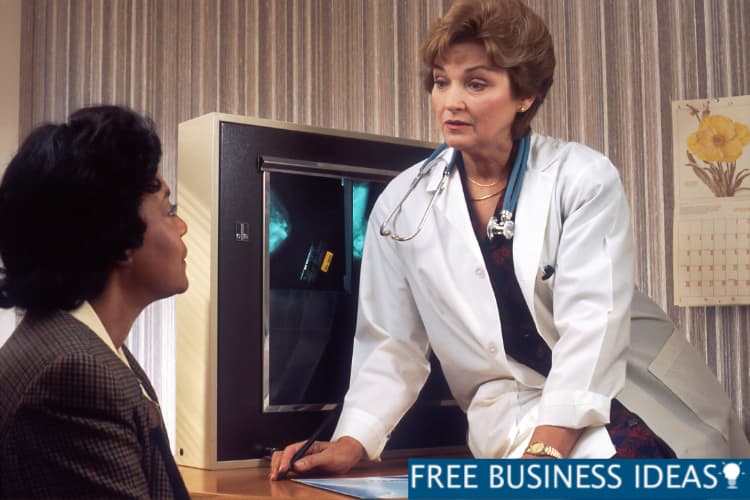Telehealth has existed for many years, though it really came into its own as a tool for remote communication with doctors during the pandemic. Telehealth allows for long-distance communication, care, advice, education, and intervention.
It reduces people’s hospital stays, allows people to discharge early, and also reduces the dependency on overwhelmed doctor’s surgeries.
If you wanted to see a doctor during the pandemic, then telehealth was the only way to do so. It has now become an accepted and ordinary part of our day-to-day lives.
This article will tell you six reasons why the demand for telehealth services is continuing to rise, long after the pandemic started:
Telehealth Saves Lives
The pandemic is ongoing. Government representatives and healthcare professionals have all said that the virus won’t be going anywhere anytime soon. For now, it’s just a part of our lives. Doctor’s surgeries can become hotspots for viruses.
By seeing doctors through telehealth services, people don’t have to physically attend the surgery and put themselves at risk of contracting a virus or the virus. Equally, by conducting appointments over the phone, doctors do not have to risk contracting any viruses themselves.
Senior Citizens and Healthcare Access
Older people who have no family and friends can experience great difficulty when they are trying to make healthcare appointments. Getting to and from their surgery can be incredibly difficult.
Now, they simply need to have access to a telephone and possibly the internet. Telehealth also improves healthcare access in senior housing communities.
During the pandemic, senior housing communities were locked down and many older people were unable to see doctors. With telehealth, senior citizens can speak to a doctor remotely from the comfort of their rooms. This can help with disease management and general wellbeing.
Hospital Supplies and Space
For older people who were previously staying in hospitals, telehealth allows them to manage their illnesses, diseases, and conditions from the comfort of their own homes. Hospitals are, at the moment, notoriously short on supplies. It has been highly publicized in the media, and doctors and nurses alike have spoken out on the severity of these shortages.
By having patients manage their conditions at home, hospitals are able to free up space and allocate supplies where they are really needed. For older people, hospitals are incredibly dangerous at the moment, so it works out well for them and for the hospitals.
Supporting Speciality Healthcare
Telehealth is not just used for routine appointments. It is now used to support a number of complex conditions.
For example, during the pandemic telecardiology became very useful. It allowed for cardiovascular care to take place at home. It also meant that people were able to identify and treat problems immediately, instead of having to go to a doctor first.
Also, telehealth psychiatry and telehealth physical therapy were, and still are available, among other things. Telehealth supports specialty healthcare in ways previously impossible.
There are seemingly no limitations to how useful telehealth can be for the healthcare sector. As technology advances, we can expect to see more useful applications for telehealth.
Struggling Populations
One positive that we can take away from the pandemic is that it has highlighted economic, geographic, and racial disparities experienced throughout the United States.
Telehealth allows marginalized groups access to medical support, especially those who face isolation, limited resources, and little to no digital connectivity.
During the pandemic, government-backed schemes to help isolated populations acquire telecommunications services were launched. This will ensure that societies most marginalized are able to receive adequate healthcare, instead of suffering silently.
Convenience
Above all, telehealth is convenient. Making time to go to a doctor’s appointment can be a nightmare, especially if you see your doctor frequently. It means taking time off of work and losing money.
With telehealth, doctor’s appointments no longer have to interfere with your schedule. Your appointments can be dealt with remotely, wherever you are in the world.
This allows you the freedom to spend your life however you want to, without being concerned about medical conditions. You can reach and contact your doctor from the other side of the world if you need to.
It also means that people who suffer from anxiety-related conditions and are unable to go outdoors, do not have to force themselves to attend the doctor’s surgery. They can speak to a doctor from the comfort of their own home and do not have to risk experiencing panic attacks by going outside.
The demand for telehealth services is rising rapidly. This article should have demonstrated why that it is. Telehealth is something that we are all familiar with by now. It is something that, presumably, will remain with us for a long time.
